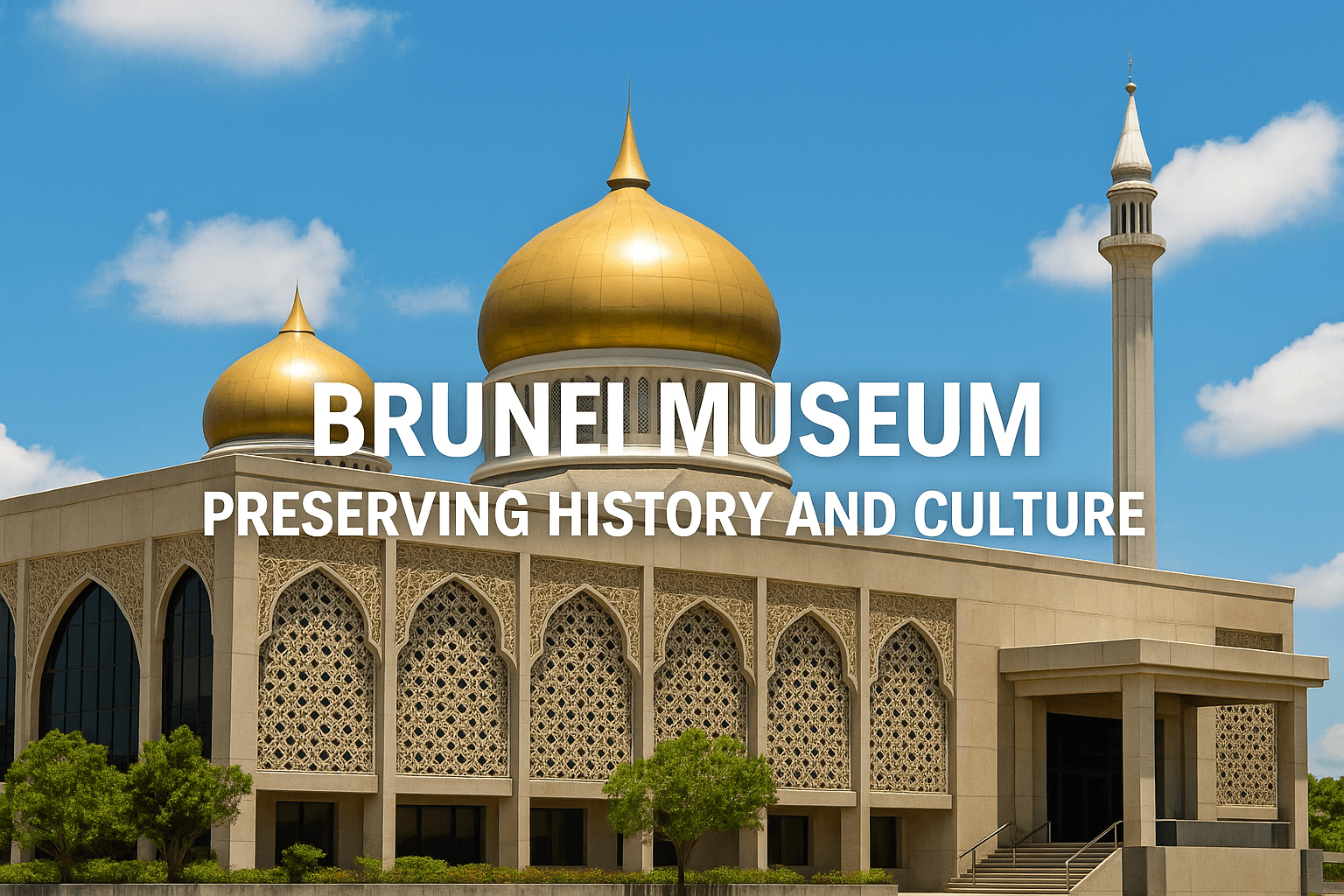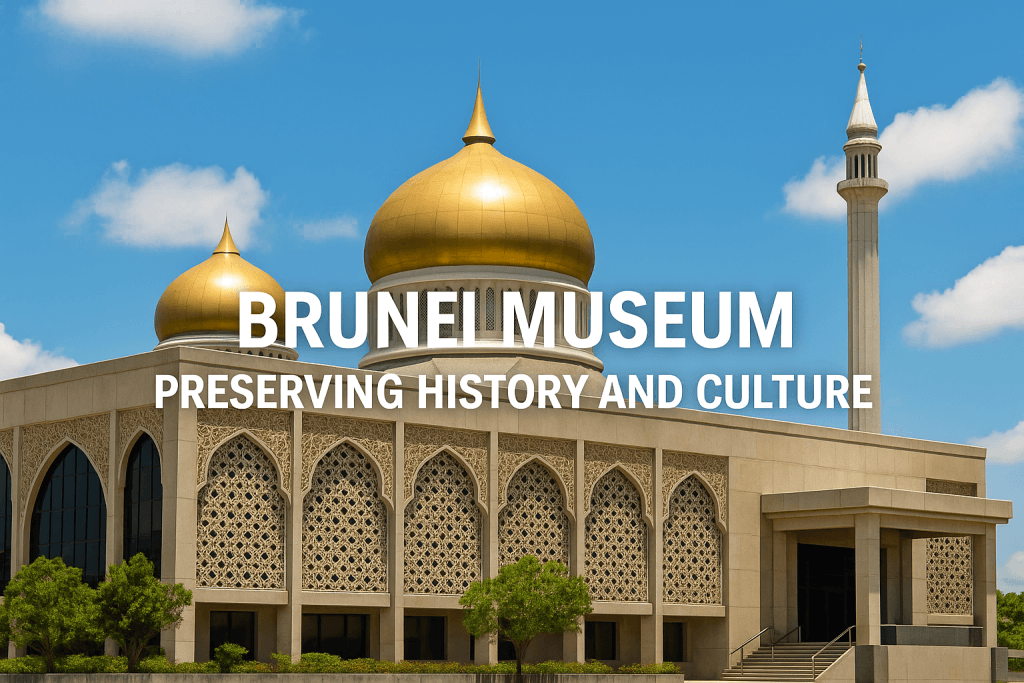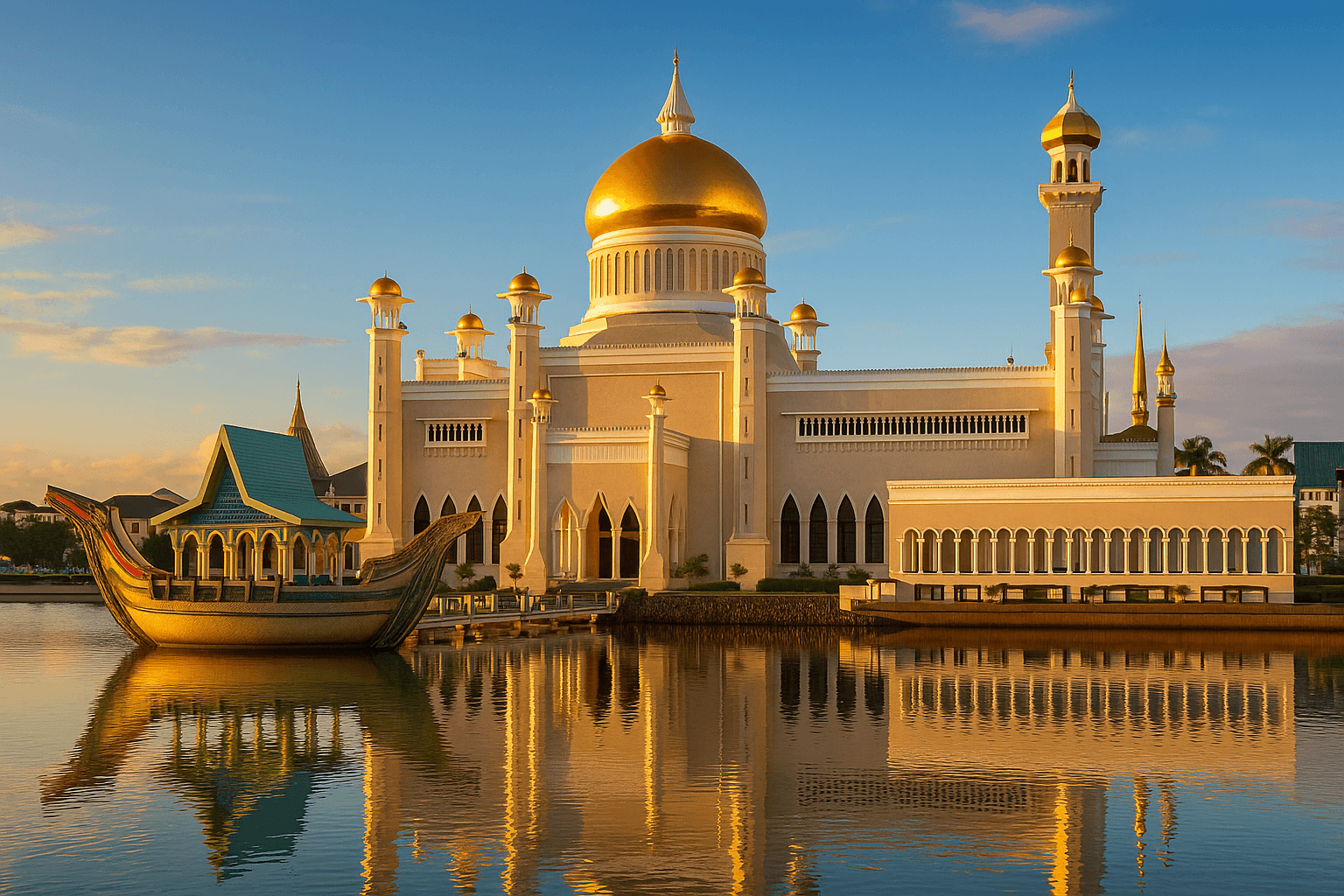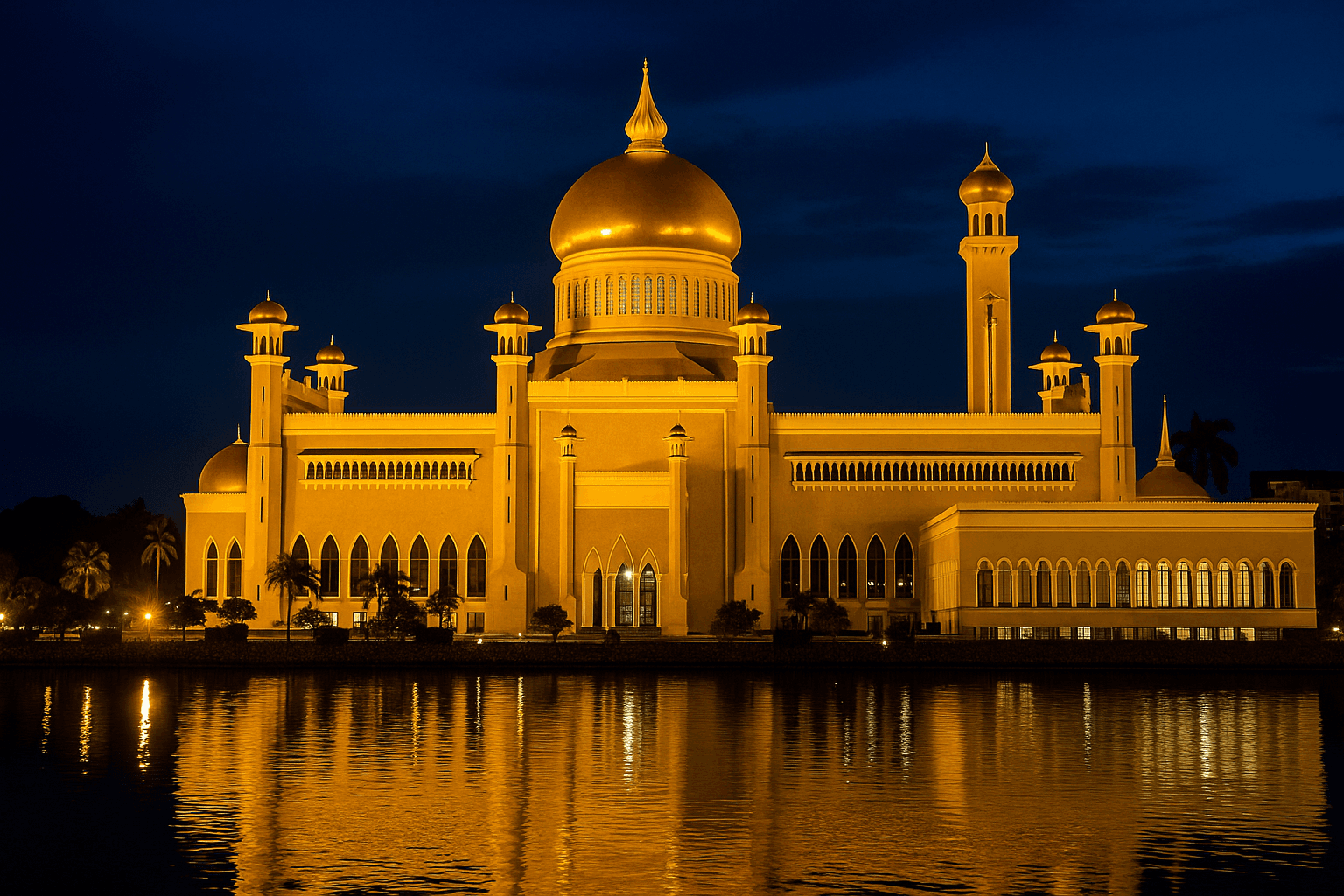The Brunei Museum – Preserving History and Culture stands as one of the most significant institutions in the Sultanate of Brunei. It is not only the largest museum in the country but also a national treasure that reflects the rich heritage, Islamic traditions, Malay identity, and natural history of this small yet culturally vibrant nation. For locals and international visitors alike, the museum is a gateway into Brunei’s past, its cultural continuity, and its aspirations to safeguard traditions while embracing modernity.
In this extensive introduction to the museum, we will explore its origins, architecture, thematic galleries, historical collections, and cultural role. More than a building of exhibitions, the Brunei Museum – Preserving History and Culture is a cultural archive, a symbol of national pride, and an educational hub that nurtures awareness about Brunei’s past and future.

The Role of Museums in National Identity
Museums around the world play a fundamental role in preserving history, cultural narratives, and collective memory. In Brunei, the museum is not merely a repository of artifacts but a cornerstone of the Malay Islamic Monarchy philosophy, which is central to the nation’s governance and cultural framework. By safeguarding manuscripts, Islamic art, royal regalia, ethnographic items, and natural history specimens, the Brunei Museum – Preserving History and Culture ensures that future generations understand their identity in relation to history, religion, and the natural environment.
Origins and Establishment of the Brunei Museum
The establishment of the Brunei Museum in the mid-20th century represented a milestone in the nation’s cultural development. Officially opened in 1969, it was inaugurated during a period when Brunei was redefining its cultural identity and preparing for its future independence. With the support of the royal family and national leadership, the museum was designed to highlight Brunei’s historical significance as part of the Malay Archipelago and as a hub of Islamic civilization in Southeast Asia.
From its early beginnings, the museum emphasized both traditional culture and modern methods of curation. The institution was entrusted with conserving manuscripts, archaeological finds, royal heirlooms, and ethnographic treasures that demonstrate the depth of Brunei’s cultural wealth.
Architectural Features of the Museum
The physical structure of the Brunei Museum – Preserving History and Culture is a reflection of the nation’s dual identity. It blends Islamic architectural elements with modern design principles, creating an atmosphere that is both majestic and accessible. Intricate motifs inspired by Islamic art adorn the interior, while the museum’s spatial organization allows for thematic storytelling across multiple galleries.
The placement of the museum along the Brunei River symbolizes its connection to the nation’s maritime past. Historically, Brunei was a naval power, and its waterways were essential for trade, diplomacy, and cultural exchange. The museum’s riverside location serves as a reminder of this historical narrative.
Thematic Galleries of the Brunei Museum
The Brunei Museum – Preserving History and Culture houses several specialized galleries, each curated to focus on particular dimensions of Brunei’s identity. Together, these galleries create a holistic journey into the past and present.
1. Islamic Art Gallery
This section is dedicated to Islamic calligraphy, manuscripts, and artifacts that reflect the deep influence of Islam on Brunei’s cultural and spiritual life. Qur’anic manuscripts, decorated in intricate gold leaf and traditional scripts, showcase the artistry of religious devotion.
2. Royal Regalia Gallery
Although Brunei has a separate Royal Regalia Museum, the national museum contains its own collection of regal artifacts. Ceremonial items, traditional attire of the sultans, and royal weaponry demonstrate the continuity of monarchy and its role in shaping national identity.
3. Ethnographic Gallery
The ethnographic collection highlights the diversity of Brunei’s indigenous communities. Exhibits include traditional attire, musical instruments, household objects, and handicrafts from the Malay, Kedayan, Dusun, and Murut ethnic groups. Through these artifacts, visitors understand the intricate social fabric of the country.
4. Natural History Gallery
This gallery focuses on Brunei’s biodiversity. Exhibits of flora, fauna, fossils, and ecological maps emphasize the nation’s natural heritage. Brunei is known for its rainforests, and the natural history section underscores the importance of conservation.
5. Archaeology and History Gallery
Archaeological discoveries from ancient Brunei settlements are displayed here. Pottery shards, Chinese ceramics, and trade artifacts point to the nation’s role in regional commerce and its connections with China, India, and the Middle East.
Preserving Brunei’s Islamic Heritage
As an Islamic nation, Brunei places great importance on safeguarding religious manuscripts and objects. The Brunei Museum – Preserving History and Culture conserves rare Qur’anic texts, prayer items, and Islamic art that date back centuries. These collections are invaluable for scholars studying the diffusion of Islam across Southeast Asia. The preservation of Islamic heritage also reinforces the cultural identity of Brunei as a monarchy rooted in faith and tradition.
Brunei Museum and Malay Cultural Identity
The Brunei Museum – Preserving History and Culture serves as a custodian of Malay culture. The Malay language, traditional attire such as the baju kurung, ceremonial dances, and indigenous crafts are all represented. In preserving these elements, the museum ensures that younger generations recognize the significance of their cultural heritage in a rapidly globalizing world.
The Museum as an Educational Institution
Beyond its exhibitions, the museum has become an educational platform. Schools frequently organize visits, and university students use its resources for research on Brunei’s ethnography, history, and biodiversity. Workshops and temporary exhibitions provide additional opportunities for learning. In this way, the Brunei Museum – Preserving History and Culture strengthens academic engagement and cultural literacy.
Role in International Cultural Exchange
The museum not only preserves national heritage but also engages in international cultural exchange. Brunei has collaborated with museums in Southeast Asia, the Middle East, and Europe for traveling exhibitions. Such exchanges highlight Brunei’s contributions to global heritage and demonstrate the universality of cultural preservation.
Conservation Techniques and Challenges
Preservation of ancient manuscripts, delicate textiles, and fragile artifacts requires specialized conservation techniques. The museum employs methods such as controlled humidity, temperature regulation, and archival storage. However, challenges remain, including the limited availability of trained conservators and the need for modern technology to digitize collections.
By overcoming these challenges, the Brunei Museum – Preserving History and Culture continues to serve as a guardian of heritage in the digital era.
The Museum in the Context of Southeast Asia
When viewed in the broader Southeast Asian context, the museum plays an important role in demonstrating the shared cultural history of the region. Like its counterparts in Malaysia, Indonesia, and the Philippines, it highlights maritime trade, Islamic influence, and indigenous traditions. Brunei’s museum, however, stands out for its intimate scale and focus on the Malay Islamic Monarchy philosophy.
Contribution to Tourism and Cultural Awareness
Tourism is an essential component of Brunei’s economy, and cultural institutions play a key role. The Brunei Museum – Preserving History and Culture attracts scholars, heritage enthusiasts, and travelers eager to learn about Brunei’s history. It complements other attractions such as Kampong Ayer, Omar Ali Saifuddien Mosque, and Ulu Temburong National Park. Together, these sites form a holistic picture of Brunei as a nation where tradition and modernity intersect.
The Symbolism of Preservation
Preservation is not merely about protecting objects; it is about safeguarding values, beliefs, and narratives. In a rapidly changing world, where digital media and globalization often overshadow tradition, the Brunei Museum – Preserving History and Culture stands as a reminder of continuity. It reassures Bruneians that their cultural heritage is valued and secure, while offering outsiders a glimpse into the heart of the nation.
Conclusion
The Brunei Museum – Preserving History and Culture is far more than a collection of exhibits. It is a cultural anchor, an educational resource, and a symbol of national pride. By preserving artifacts, manuscripts, and traditions, it ensures that Brunei’s history remains accessible to future generations. As a center of research, cultural exchange, and tourism, the museum continues to play a vital role in shaping the identity of Brunei in the modern world.
In visiting the museum, one embarks on a journey through Islamic heritage, Malay traditions, royal regalia, ethnographic diversity, and natural history. Each gallery tells a story that collectively affirms Brunei’s place within Southeast Asia and the broader world. Ultimately, the museum exemplifies how history and culture can be preserved, celebrated, and shared across generations.



